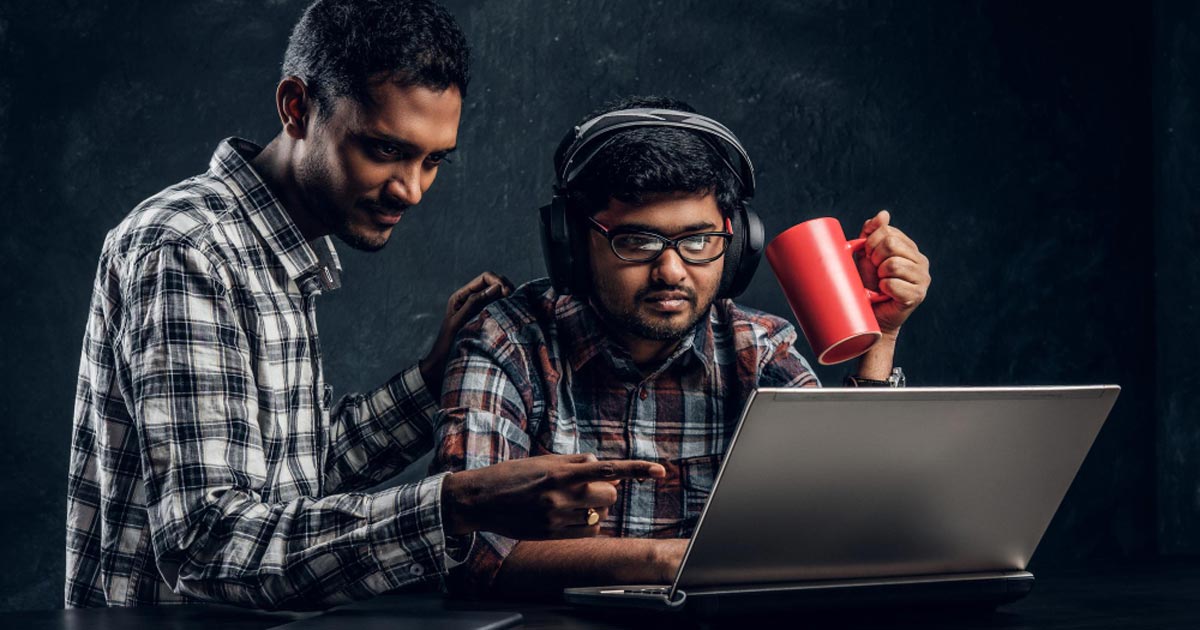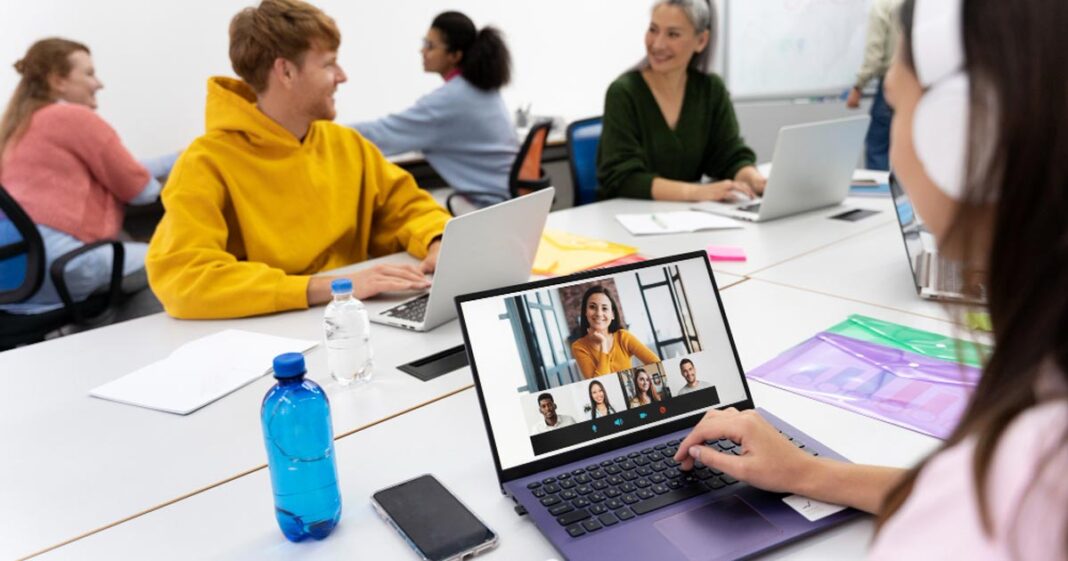
Introduction
The rise of online learning in India, accelerated by the COVID-19 pandemic, has revolutionized education but also posed significant challenges for students and teachers alike. From lack of access to digital devices to maintaining student engagement in virtual classrooms, these hurdles have tested the resilience of India’s education system. Yet, through innovation, adaptability, and sheer determination, many have overcome these obstacles and even emerged as role models.
Digital Divide: Bridging the Gap
One of the most significant challenges in online learning is the digital divide—the gap between those with easy access to technology and those without it. In India, where many students come from underprivileged backgrounds, access to high-speed internet and digital devices remains a luxury. According to a report by National Sample Survey Office (NSSO), nearly 50% of Indian households do not have access to the internet.
Success Story: Ranjitsinh Disale – The Teacher Who Transformed Digital Learning
Ranjitsinh Disale, a school teacher from Maharashtra, is a shining example of how innovative educators can transform the online learning landscape. He won the Global Teacher Prize 2020 for his efforts in digitizing primary school textbooks and integrating QR codes, allowing students to access additional digital content via mobile devices. His initiatives ensured that students in remote areas could continue their education despite limited resources.
The Challenge of Engagement and Attention Span
Online learning often struggles with student engagement and attention span, which is significantly lower in virtual classrooms compared to traditional settings. Teachers find it difficult to monitor students, and distractions at home further reduce concentration levels.
Example: BYJU’S – Revolutionizing Online Education in India
BYJU’S, India’s leading EdTech startup, tackled this challenge head-on by developing engaging, interactive, and gamified content. Their adaptive learning platform provides video lessons, quizzes, and real-time feedback, making learning fun and effective. In 2021, BYJU’S was named among TIME Magazine’s 100 Most Influential Companies, a testament to its impact on education.
Limited Interaction and Lack of Practical Learning
Another challenge faced in online learning is the lack of hands-on experience and interaction. Subjects like science, arts, and engineering require practical exposure, which is difficult to achieve in a digital environment.
Real-life Impact: The Rise of Virtual Labs
Recognizing this gap, IIT Bombay launched the Virtual Labs project, an initiative that allows students across India to perform simulated experiments online. This project, backed by the Ministry of Education, has enabled thousands of students to engage in practical learning without requiring physical lab access.
Teacher Training and Digital Literacy
For many educators, transitioning to online teaching was a major challenge due to their limited exposure to digital tools. Conducting classes through Zoom, Google Meet, and Microsoft Teams required technical training and skill development.
Example: Diksha Platform – Empowering Teachers with Digital Skills
The Government of India launched the DIKSHA (Digital Infrastructure for Knowledge Sharing) platform, which provides training modules for teachers. With over 1.5 million teachers using the platform, DIKSHA has significantly enhanced digital literacy among educators, equipping them with the necessary tools to conduct effective online classes.
Solutions to Overcome Online Learning Challenges
Despite the obstacles, several solutions have emerged to make online learning more effective for students and teachers in India:
- Affordable Access to Digital Devices
Initiatives like PM eVIDYA and state-sponsored laptop distribution programs aim to provide underprivileged students with access to digital learning tools. NGOs such as Pratham and Teach for India have also distributed tablets to students in rural areas.
- Hybrid Learning Models
A blended approach, combining online and offline learning, has proven effective. Schools and universities have adopted flipped classrooms, where students learn theory online and engage in discussions and practical work in offline settings.
- Parent-Teacher Collaboration
Regular parent-teacher meetings (PTMs) and parental guidance in digital learning help maintain discipline and motivation among students. Schools are now conducting virtual PTMs to ensure seamless communication.
- Personalized Learning Platforms
Platforms like Unacademy, Vedantu, and WhiteHat Jr. offer AI-driven personalized learning experiences, catering to the unique needs of each student, ensuring better understanding and retention.
Conclusion: A Bright Future Ahead
While challenges in online learning persist, India’s adaptive spirit and innovative solutions continue to pave the way for a more inclusive and effective education system. With continued efforts from the government, educators, and EdTech companies, the future of online learning in India looks promising.
The success of individuals like Ranjitsinh Disale and platforms like BYJU’S and DIKSHA serve as inspiration, proving that with the right tools and strategies, online learning can be as impactful as traditional education. As technology evolves, so will the opportunities to make learning accessible to every student, regardless of their socio-economic background.





